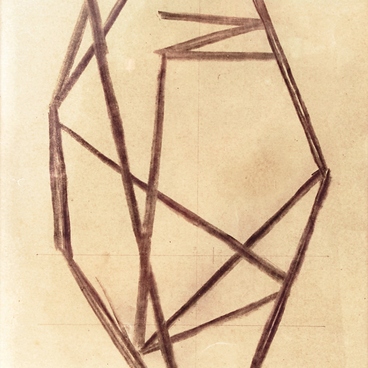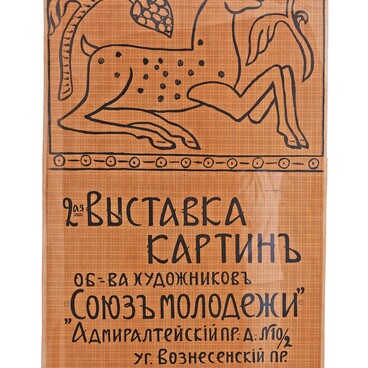Benois’s views on the avant-garde movement, though generally critical, were going through some changes. For the most part, he did not accept the aesthetics of left-leaning movements, yet he gradually began to recognize the importance of the avant-garde in the further development of art.
Numerous notes and drawings that Alexander Benois made on his copies of the “Soyuz Molodyozhi” (Union of Youth) exhibition catalogs have been preserved. They indicate a strong interest and advertence to the way avant-garde explores new forms; however, this was not properly reflected in his reviews.
Benois was an active participant in a meeting of artists at Maxim Gorky’s apartment on March 4, 1917. As a result, a special council on art matters, the so-called “Gorky Commission”, was established.
One of the main goals of the commission was to
organize the new Ministry of the Arts. In response, on March 12, 1917,
left-leaning artists joined a large rally at the Mikhailovsky Theater against
the “Benois’s dictatorship” and the prospect of a ministry with governing
positions occupied by those close to Benois.
The special council existed until April 20, 1917. The establishment was never officially formed, and after the Bolshevik coup had taken place, many key positions in the power structures that oversaw the matters of art were filled by representatives of the avant-garde.



